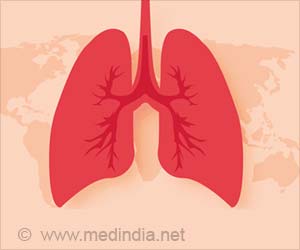The reason behind wheezing episodes and airway irritation on exposure to ozone, a common air pollutant, has been identified by a team of scientists.
Using an animal model, researchers at the National Institute of Environmental Health Sciences (NIEHS), part of the National Institutes of Health, and Duke University were also able to identify several ways to stop the airways from narrowing.
According to them, these findings help identify potential new targets for drugs, which may eventually help physicians better treat emergency room patients suffering from wheezing, coughing and shortness of breath.
"We found that it is not the ozone itself that causes the body to wheeze, but the way the lungs respond to ozone," said Stavros Garantziotis, M.D., principal investigator in the NIEHS Laboratory of Respiratory Biology and lead author of the paper.
Advertisement
John Hollingsworth, M.D., a pulmonologist who is an assistant professor in the Department of Medicine at Duke University Medical Center and senior author of the paper, said: "Animals exposed to ozone produced and released high amounts of a sugar known as hyaluronan,”
Advertisement
"We found hyaluronan to be directly responsible for causing the airways to narrow and become irritated. We believe this may contribute to asthma symptoms in humans as well," he added.
The researchers found several proteins, which can mediate the hyaluronan effect and can be used as treatment targets.
They were also able to block the airway responsiveness by binding the native hyaluronan away, as well as by administering a slightly modified form of hyaluronan.
"Although more research is needed before these findings can be translated to humans, we are optimistic these treatment options could prove beneficial to patients," said Hollingsworth.
Garantziotis said: "This finding has real-life therapeutic implications.”
The research is published online this week in the Journal of Biological Chemistry.
Source-ANI
TAN









